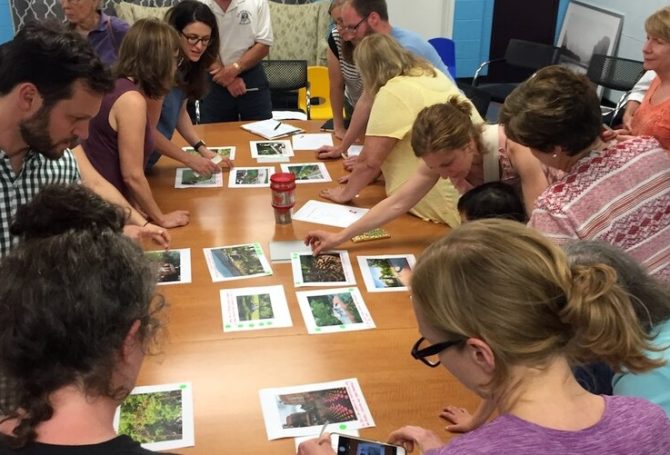
Open source typically refers to a non-proprietary computer program that allows multiple people to modify, improve and share the initial design. But what if open-source collaboration could be a public affairs strategy, too?
Think about it as a way to democratize problem-solving in physical communities and groups.
WikiHouse advertises itself as a digitally manufactured building system that simplifies the process to design, manufacture and assemble houses. It offers an online library of building plans, a tool to customize designs and easy-to-manage snap-together plywood pieces. Since the idea blossomed in 2012, winning a TEDGlobal cash prize, it has picked up steam when adopted by a community, much like the frontier-era habit of settlers helping one another build houses.
Transfer that thought to a project that is large, complex and controversial – a housing development, for example. The typical approach is for the developer to work with architects, site planners and builders to come up with a “community” plan. They take the plan to local planning officials and start a public review process. That process involves a meeting in the existing “community.”
Community meetings to review “community” plans are frequently not very convivial or collaborative. After the developer and his or her team explains the project, using large poster boards and PowerPoint presentations, community members react. They know this is their one chance to sound off about the layout, housing types, density, public amenities and anticipated disruption, many times including impacted school routes or local businesses.
The next step for the developer is to return to local planning officials with the same or slightly modified community plan, which may or may not include any recommendations from community members. The most ardent and adroit community members can take their concerns to the same officials, usually at a public hearing. When plans are approved without satisfying their concerns, community members can hire attorneys and go to court.
The process is time-consuming and expensive, so much so that in some cases plans for the development are dropped, even though they have provided true community benefits, such as the finances to upgrade existing sewer and water systems or provide land for a new school.
Now suppose the same developer approached his project in an open-source collaborative manner, with the goal of making community members part of the community planning process. This wouldn’t be a theoretical exercise. It would be a courtside-seat in the actual planning process. Here’s how it might work:
- The developer prepares a basic layout with some ground rules such as local zoning rules on density and prohibitions on building in a wetland.
- After a cursory presentation to local planning officials, the developer extends a very different kind of invitation to community members – an invitation to participate in a collaborative process to design a truer community plan for his development.
- The first step would be to direct community residents to an interactive online site that shows the initial layout and allows viewers to manipulate major elements by placing them in a different location or increasing density in some areas while decreasing it in others. This step also would involve asking about the values they would want to see such as improved infrastructure and better bus service.
- Step two would involve sharing the “consensus” results. Professional planners are skilled at maximizing land usage, but they produce plans. The goal here is to reach consensus.
- Step three would include inviting community members to a meeting where poster boards and PowerPoints would show the community consensus on basic layout of the development. Some residents may still be dissatisfied, but it is hard to complain about consensus.
- At the same meeting, the developer and his team would share the mix of housing types and the range of price points they contemplate including in the development. They could break the group into teams, each with a magnetic board that could be used to express their preferences and their dislikes.
- Armed with a consensus layout and community preferences on housing types, the developer’s professional team can refine the initial barebones community plan, this time adding in public amenities. Step four would be to post online the refined community plan plus amenities and invite community residents to comment and make further recommendations.
This may seem like a laborious process. If conducted in truly open-minded, collaborative manner, it actually could save a lot of time and regulatory agony. The developer would walk into the local planning office with a plan built with demonstrable community engagement – not always common in the housing development world. The developer’s professional planner would have softened any rough edges in the community’s preferred design. The road to approval should be smoother and quicker.
More to the point, the developer and the community would engage at a different point in the process with a more equitable relationship. People understand it’s the developer’s land and money, but they can respect being asked for their opinions and their constructive ideas, which could turn the development in their eyes into a community asset.
Interests with large, complex and controversial projects should game-theory this approach, which has proven its value in computer software and applications like WikiHouse. To pull it off will require a team committed to collaboration and consensus. They won’t be telling the communities affected their big plan, they will be sharing their big plan and asking for feedback and ideas to make it better. Instead of combatants, project developers and community members become partners in problem-solving.



